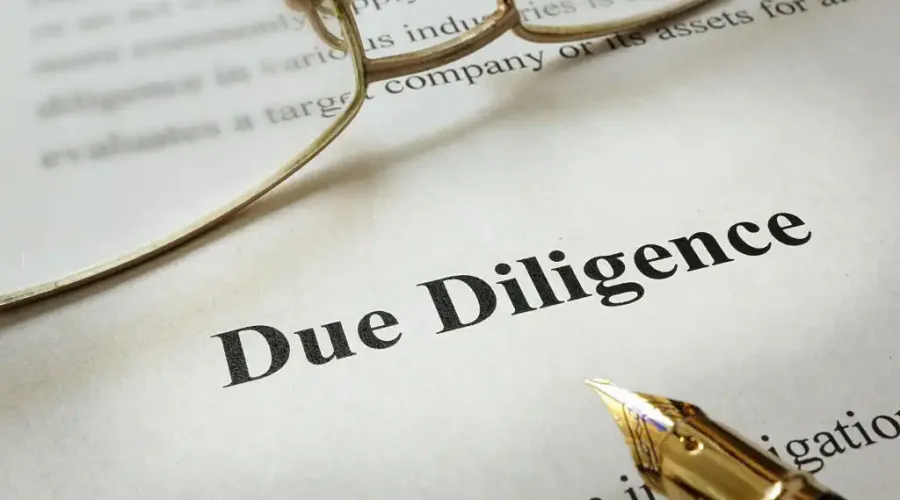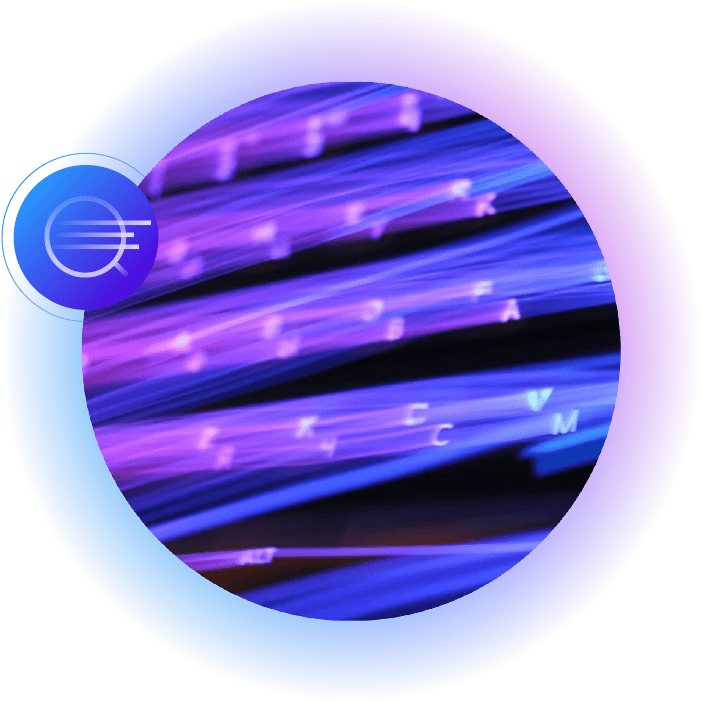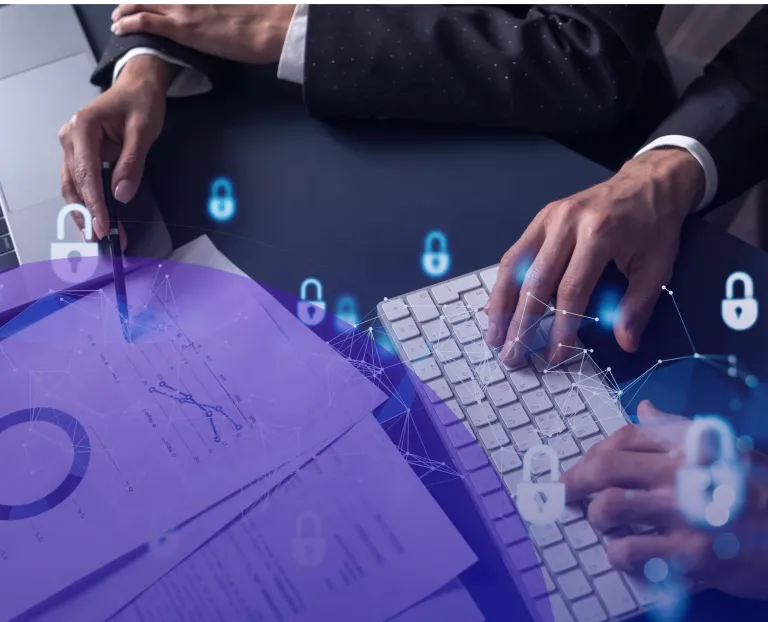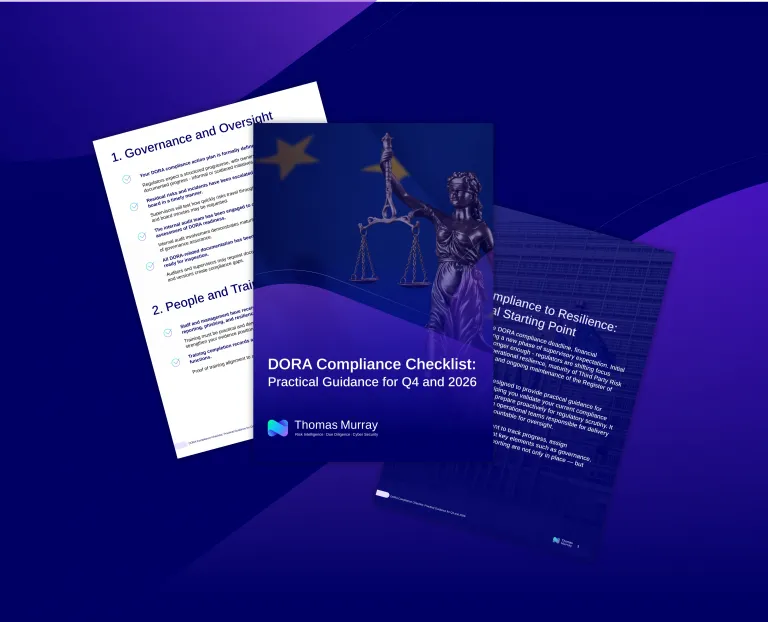Operational Due Diligence (ODD) has become a critical function for asset owners and allocators. With increasing regulatory scrutiny and operational complexity, investment professionals need robust systems and processes to effectively manage their due diligence workflow.
Understanding Modern ODD Challenges
Managing vast amounts of data from multiple investment managers and other third-parties can quickly become overwhelming without proper systems in place. This challenge is compounded by the need to maintain consistent evaluation and monitoring standards across diverse counterparties, each with its own unique operational characteristics and risk profiles.
How to address these modern challenges:
- Implement automated data collection systems to manage information flow from multiple sources
- Establish evaluation frameworks that can be applied consistently and proportionately to the counterparty in question
- Develop clear protocols for keeping pace with regulatory changes
- Create efficient resource allocation strategies to maximise limited team capacity
- Set up systematic monitoring processes for ongoing relationship management
Step 1: Establishing a Systematic Approach to Data Collection
The foundation of effective ODD lies in data collection. A comprehensive framework should start with standardised questionnaires that capture all essential operational information, ensuring consistency across assessments while making it easier to compare and analyse responses over time.
Practical Implementation Steps:
- Standardised due diligence questionnaires that cover all critical operational areas
- Set up automated distribution and collection systems for questionnaires
- Create a centralised repository for storing and accessing all due diligence documentation
- Implement tracking mechanisms for monitoring completion rates and deadlines
- Establish clear processes for following up on incomplete or unclear responses
Step 2: Implementing Continuous Monitoring
The ODD process extends far beyond initial assessment and point in time responses to questionnaires. Thomas Murray’s Orbit Diligence platform allows you to scan and analyse news sources for adverse media and potential red flags. The financial statement analysis and operational metric tracking provide crucial insights into the ongoing health of investments. Cyber Risk is typically amongst the top 3 risks concerning most investors, and the Orbit Security tool allows you to monitor vulnerabilities across your counterparties.
Essential Monitoring Activities:
- Set up automated adverse media monitoring with targeted alerts
- Establish regular financial statement review processes with clear analysis protocols
- Monitor cyber risks and work with counterparties to resolve issues and mitigate potential reputational risks for both entities
- Create automated alert systems for significant changes or potential issues
Step 3: Assessing Responses
The analysis of due diligence responses requires a sophisticated approach that balances consistency with flexibility. Modern ODD teams need standardised frameworks that ensure responses are evaluated consistently while maintaining the ability to account for unique circumstances. Where possible, benchmarking responses against relevant industry or peer group standards and identify patterns that might not be apparent through manual review.
Key Analysis Strategies:
- Develop clear scoring criteria for different types of operational risks
- Implement automated comparison tools for benchmarking against industry standards
- Create customised dashboards for different stakeholder needs
- Set up systematic processes for identifying and flagging potential issues
- Establish regular review cycles for updating scoring criteria based on emerging risks
Step 4: Managing Issues and Remediation
When due diligence reveals potential issues, having a structured approach to remediation becomes essential. The key to successful remediation lies in clear ownership, systematic tracking, and effective communication with all stakeholders. Documentation of the entire process ensures accountability and provides valuable reference material for future assessments.
Essential Remediation Steps:
- Create a standardised framework for categorising and prioritising issues
- Assign clear ownership for each identified task and problem
- Set up systematic tracking of remediation progress
- Establish regular communication protocols with investment managers and other counterparties
- Document all remediation steps and their outcomes
Step 5: Leveraging Technology for Enhanced Efficiency
Modern ODD demands sophisticated technology solutions that can transform traditional manual processes into streamlined, efficient operations. The right technology platform should serve as a central hub for all due diligence activities, providing automation, analytics, and collaboration tools that enhance team productivity.
Technology Implementation Priorities:
- Automate routine data collection and analysis tasks
- Set up real-time tracking and monitoring systems
- Implement integrated communication tools for stakeholder engagement
- Create automated report generation capabilities
- Establish secure document management systems with version control
Using Best Practices for Success
Success in ODD requires a careful balance of standardisation, communication, and risk management. Organisations need to develop comprehensive frameworks that can be consistently applied while maintaining the flexibility to adapt to changing circumstances and unique situations.
Critical Success Factors:
- Develop standardised processes that can be consistently applied
- Create clear communication channels for all stakeholders
- Implement systematic risk assessment frameworks
- Establish regular training programs for team members
- Maintain comprehensive documentation of all processes and decisions
The Role of Technology in Modern ODD
Today's ODD landscape demands more sophisticated solutions than traditional spreadsheet-based approaches. Modern technology, like Thomas Murray’s Orbit Risk platform, should integrate all aspects of the due diligence process, from initial data collection through ongoing monitoring and reporting.
Essential Technology Capabilities:
- Automated questionnaire management and distribution
- Real-time monitoring and alert systems
- Integrated analytics and reporting tools
- Secure document management and version control
- Collaborative workflow management features
Your Next Steps
Effective ODD requires a thoughtful combination of strong processes, experienced professionals, and sophisticated technology. By implementing the right mix of these elements, organisations can transform their ODD function from a necessary compliance exercise into a strategic advantage that enhances their investment decision-making process.
Action Steps for Getting Started:
- Assess current due diligence processes and identify areas for improvement
- Evaluate technology solutions that can enhance efficiency and effectiveness
- Develop implementation plans for process improvements
- Create training programs for team members
- Establish metrics for measuring success and ROI
The journey to enhanced ODD capabilities may seem daunting, but with the right approach and tools, organisations can significantly improve their risk management capabilities while reducing the resource burden on their teams. The key lies in choosing the right technology partner and implementing solutions that can grow and adapt with your organisation's needs.







